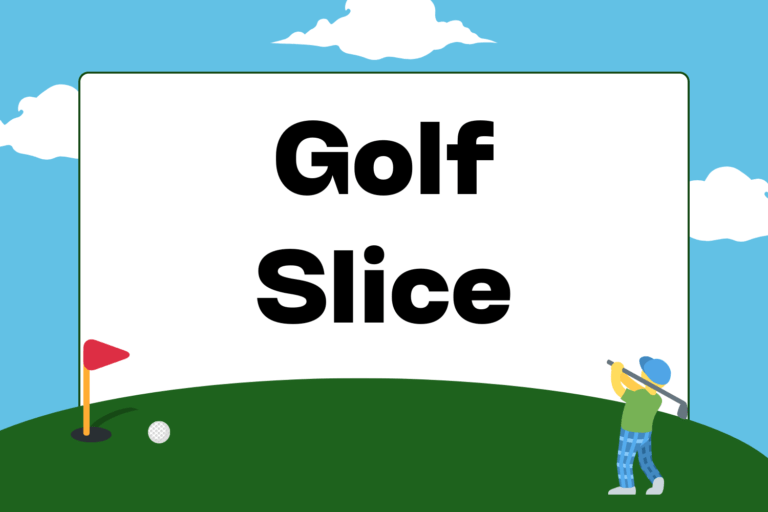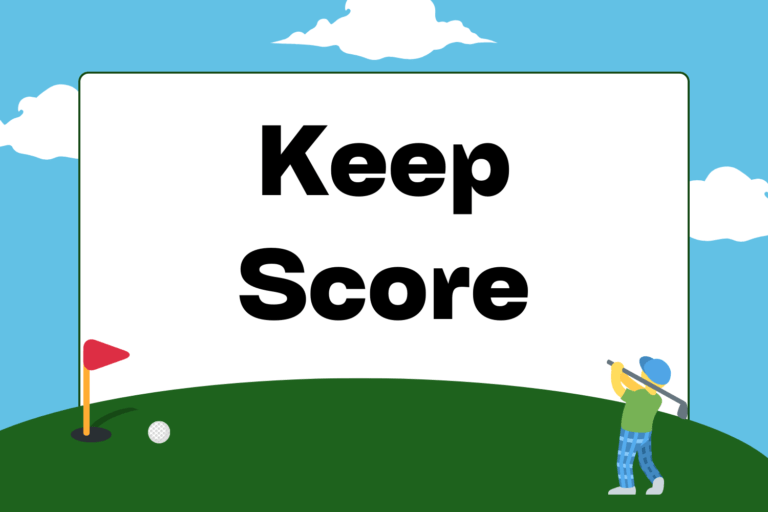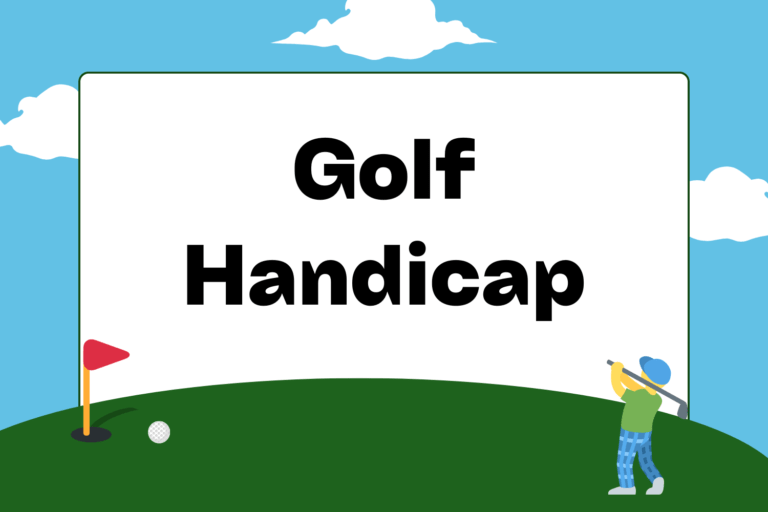Whether you’re brand new to the sport or just trying to shave off a few more strokes per round, choosing the right golf ball for your game is one of the most important equipment decisions you’ll make. After all, the golf ball is the only piece of equipment you use on every shot.
There are hundreds of types and brands of golf balls out there, and it can be a little overwhelming if you’re new to the game or if you’re switching to a new ball. Although it’s easy to judge golf balls based solely on their price tags, it’s important to know what makes certain golf balls more expensive than others, and what benefits you can expect from different types and brands.
Two major factors play a part in your final decision: the types of golf balls on the shelves and the type of golfer you are.
1. Know Your Options
When you’re out shopping for golf balls, you’ll notice a few things right away: brand names, different colored packaging, and of course, prices. There might even be a few words on the boxes that you don’t recognize as English—words like “Urethane,” and “Surlyn.” Don’t worry—here’s what you need to know:
Inexpensive Golf Balls
Generally speaking, the golf balls on the lower end of the price range will have a few things in common, regardless of their brand name.
Typically, inexpensive golf balls are made with two pieces: a synthetic core and a hard, outer covering often made with a tough material called Surlyn.
These two-piece balls are durable and hard, so they do travel pretty far off the clubface. But what you can expect to gain in distance, you can expect to lose in spin and controllability around the greens.
Expensive Golf Balls
Again, generally speaking, the more expensive golf balls on the market often share some qualities, even if they are made by different companies.
Much of the reason for the higher prices for premium golf balls comes from the way they’re made. As opposed to the less expensive golf balls, these higher-end balls are usually made with three or more layers or pieces.
These pieces consist of a central core, a second layer, and an outer covering. The core in these golf balls can be made of synthetic material, rubber, or even liquid. The second layer consists usually of wound strands of rubber for extra softness. And finally, the outer covering of these golf balls is made of a much softer material than the Surlyn used in less expensive golf balls. This cover is usually made of a substance called urethane, which makes contact with the ball a much softer experience.
Because of that softness, you might lose a bit of distance with these urethane balls, but your ability to control the ball and put spin on it from around the greens will improve tremendously.
2. Know Your Golf Game
There is no such thing as the “best” golf ball. Every golfer has specific needs dependent on his or her swing speed, playing style, short game skills, and more. In order to find the right golf ball for your game, it’s vital to know what kind of golfer you are.
If you’ve been playing golf for a while, you probably know your strengths and weaknesses pretty well. And if you’re brand new to the sport, you know that there’s only room for improvement.
Here are some important things to think about your golf game before purchasing golf balls:
Skill Level
A golfer’s skill level is one of the best indicators of what type of golf ball he or she would be better off playing.
If you’re a new or beginning golfer, you’re really not going to be able to reap the benefits of a more expensive ball. Plus, chances are you’re bound to lose more than a few golf balls every time you play, so why pay more? By playing a less expensive, harder golf ball, you’ll not only save money, but you’ll see some added benefits, including a bit more distance off the tee, and a lot less spin, which sometimes can turn tee shots off into the wilderness.
If you’re a more advanced golfer, maybe it’s time to start playing a more premium golf ball. Switching to a three-piece, urethane golf ball will give you the extra control from around the greens you need to shave off a few strokes per round. Sure, the prices for some of these golf balls can get pretty scary, but watching one of them hit the green and check up immediately might make the investment worth it for you.
Hot Tip: Get Fitted
One of the perks of playing golf in these technologically advanced days is you can be scientifically matched with the right type of equipment. Golf balls are no different. Head to your golf course and seek out your local PGA Professional to ask about golf ball fitting. Your swing speed and golf game in general will be analyzed and measured, and you’ll walk out of there with the exact type of golf ball that is best suited for your game. Plus, it’s a lot of fun.
Driver
Take a look at your abilities with the driver. Are you consistently hitting slices or hooks? Do you have a tough time hitting the ball in the center of the club face? If you’re struggling off the tee like this, using a high-priced, soft, urethane covered golf ball will only hurt your game.
The softness of a urethane golf ball is what makes it expensive; the softness allows golfers to put a lot more spin on the ball. But if you’re hitting your tee shots with a lot of wayward spin already, putting more spin on a softer ball won’t help. If these tendencies sound familiar, stick with a less expensive, harder golf ball until you get more consistent with the driver.
Short Game
Do you find that most of your mistakes on the golf course are happening from within 100 yards? Are you hitting shots that you’re proud of, but that aren’t sticking on the green? If you’re not getting any backspin on wedges or short irons into the green, then you’d definitely benefit from using a higher quality, urethane golf ball.
Also, ask yourself how the golf ball feels coming off the putter’s face. Does it feel too hard—a bit plastic? Feeling like you’re giving the ball a good roll on the putting surface is a huge part in deciding whether an upgrade in golf ball type is in order.
Practice & Confidence
Finding the right golf ball for you will ultimately make a big difference in your scoring. But no piece of equipment—not even the one you use on every shot—can help you improve as much as good old fashioned practice. What the right golf ball can do is give you the confidence you need to keep enjoying yourself on the golf course. So experiment, try as many as you’d like, and find the one that feels right.





